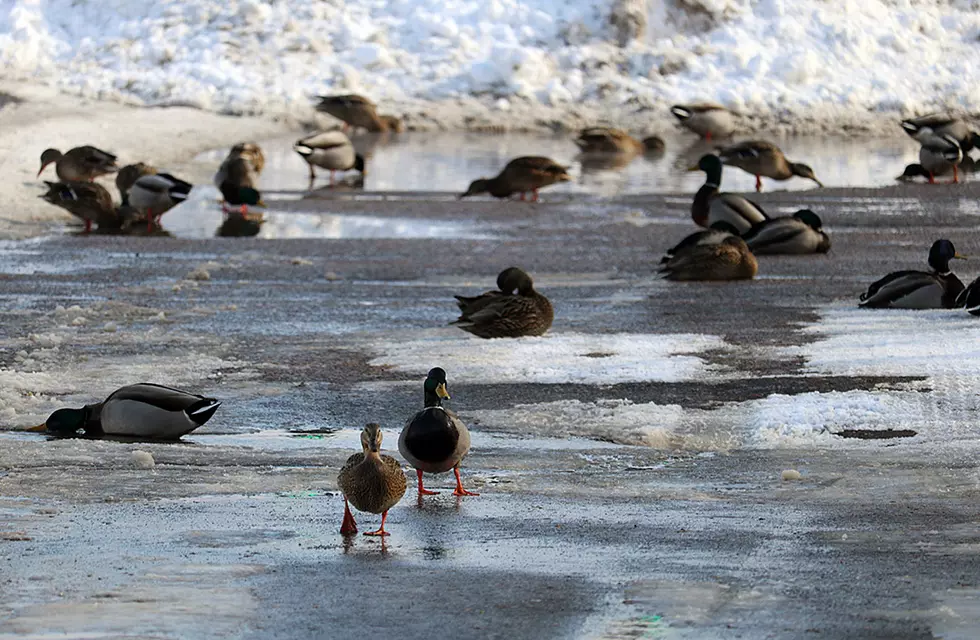
Patchy February moisture causes snowpack to fall behind
While snowpack is still holding on in the mountains of the far northwest portion of Montana, snow in the rest of the state hasn’t kept pace.
As of March 1, snowpack in the Bitterroot, Flathead, Lower Clark Fork and Kootenai river watersheds is close to the 30-year average for the end of February, according to the U.S. Natural Resources Conservation Service water supply summary.
However, the hoped-for La Nina wetter weather pattern didn’t materialize, leaving other basins in the state with just 80% to 90% of their snowpack. The upper Clark Fork above Missoula has 87% while the Upper Yellowstone and the Gallatin are down around 80%. The Shields River basin north of Livingston is worst off with 57% of its average snowpack.
When it comes to precipitation, February ended up being a month of extremes across the state. While it was exceedingly dry in the west and northeast portions of the state, the southeast and the region along the Rocky Mountain Front got plenty of water, according to the University of Idaho Drought Tracker.
For example, the areas around Cut Bank and Miles City received about twice their normal precipitation for the month while Lincoln County and the northern portion of Blaine County including the Fort Belknap Reservation had less than 25% of their normal precipitation.
So how can the snowpack of the western mountains still be hanging on? Fortunately, February was a fairly cold month, temperature swings aside, providing little opportunity for the snowpack to melt. February’s average temperature was normal in west and north-central parts of the state while it was about 4 degrees colder in the south-central and the far eastern edge of the state.
However, that trend could reverse in March. The long-term outlook for the month shows a chance of above average precipitation for the western half of the state, along with below average temperatures, according to the National Oceanic and Atmospheric Administration. But those chances diminish later in the spring.
That might help the western side of the state, but it’s needed across the state because much of Montana is still suffering from drought. While the U.S. Drought Monitor shows the state in better straits than it was at the end of 2021 - a third of the state was in exceptional drought compared to 5% now – about 90% of the state is still abnormally dry or worse. The region along the Missouri River is doing the worst.
Most of the West is still suffering from drought conditions. Southern Idaho and portions of western Wyoming recorded the month of February as being the record driest for more than a century. California reported having one of the driest first two months of the year on record after 2021 was its driest year in a century.
For Montana, it should be remembered that November through February are typically the "driest" months of the year, with less than a half-inch being normal for the month. Last year, NRDC forecasters noted that dry spells through February might not have as much of an effect as a dry spell during the wet spring and summer months of May through July are when the bulk of the precipitation typically falls.
But snowpack is another matter, since that’s what keeps streams flowing throughout the summer. With the hotter summers we’ve been experiencing, we have a better chance of hanging on longer when snowpack is above the 30-year average.
Montana has one more month to recover, because April 1 snowpack measurements provide the most accurate runoff forecasts. This first week of March is bringing plenty of moisture, although it’s coming as rain even at higher elevations.
Contact reporter Laura Lundquist at lundquist@missoulacurrent.com.
